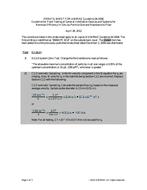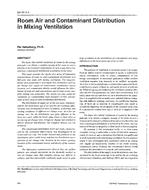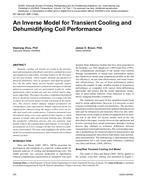The practice of lowering the indoor temperature during the heating season has long been recognized as an effective means for reducing both the structural heat load and the energy consumption with fixed-capacity heating systems (e.g., gas, oil, or electric forced air furnaces). Seasonal energy savings are generally in direct proportion to the temperature reduction: the lower the temperature, the greater the savings. An individual thermostat setting is then a personal choice, balancing comfort against energy savings. More recently, the practice of reducing the thermostat setpoint, either manually or automatically, only during nighttime hours when lower temperatures may not be objectionable, has also been shown to be energy effective but without sacrificing daytime comfort levels. Energy savings are, again, closely related to the amount of setback: the greater the setback, the more the savings. The amount of setback employed is, again, a personal choice, balancing energy savings against the length of the morning recovery period and nighttime comfort level. Thermostat setback can, of course, also be used during daytime hours at the discretion of the consumer, for additional energy savings.
Product Details
- Published:
- 1978
- Number of Pages:
- 12
- File Size:
- 1 file , 740 KB
- Product Code(s):
- D-AL-78-01-3
- Note:
- This product is unavailable in Russia, Belarus


